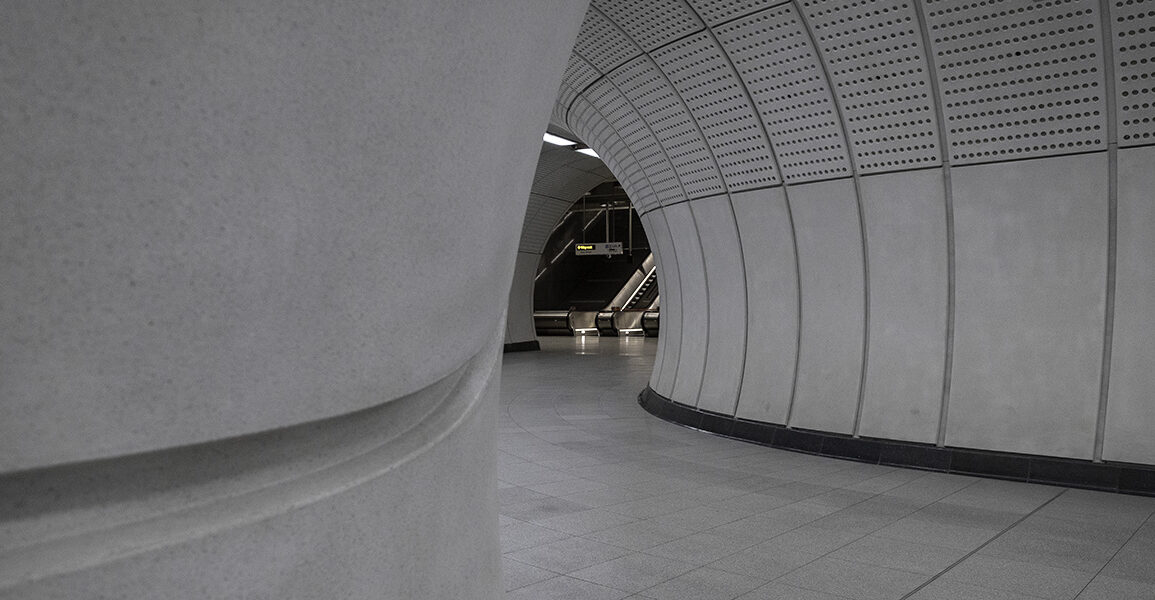The Elizabeth Line, formerly known as Crossrail, is a high-frequency hybrid urban–suburban rail service in London and its suburbs. It runs services on dedicated infrastructure in central London from the Great Western Main Line west of Paddington station to Abbey Wood and via Whitechapel to the Great Eastern Main Line near Stratford; along the Great Western Main Line to Reading and Heathrow Airport in the west; and along the Great Eastern Main Line to Shenfield in the east. The service is named after Queen Elizabeth II, who officially opened the line on 17 May 2022 during her Platinum Jubilee year; passenger services started on 24 May 2022.

A Visionary Project
The Elizabeth Line is one of the most ambitious and complex infrastructure projects ever undertaken in the UK. With a total cost of over £18 billion, it is also one of the most expensive. The project has been in development for over 20 years, and its construction has faced numerous challenges.

Overcoming Challenges
One of the biggest challenges faced by the Elizabeth Line project was the need to construct new tunnels through central London. This involved digging deep beneath the city, often in areas with complex geology and existing infrastructure. The project also required the construction of new stations and the integration of the new line with the existing rail network.
Despite these challenges, the Elizabeth Line project has been successfully completed and is now a major part of London’s transport network. The line is expected to carry over 200 million passengers per year and is projected to have a significant impact on the economy of London and the South East of England.
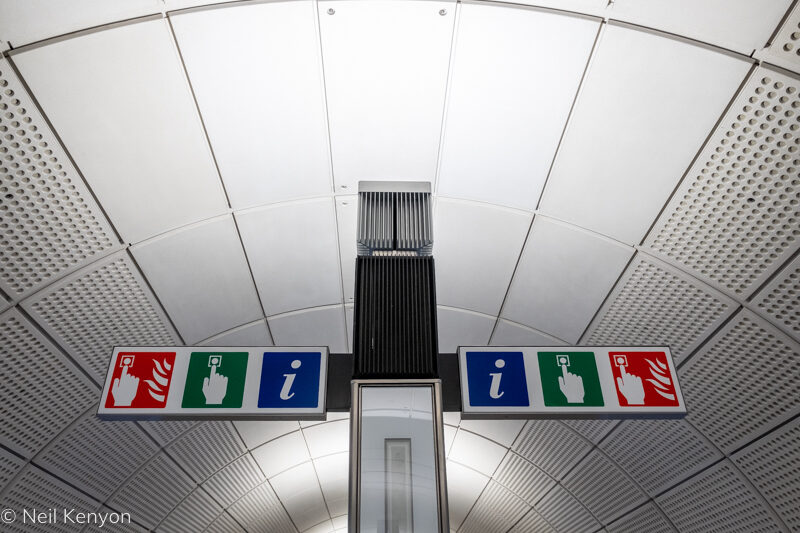
The Elizabeth Line has already made a significant difference to the lives of Londoners. It has provided a faster and more reliable rail service for many people who travel to work or for leisure. The line has also helped to reduce congestion on the roads and has made it easier to access some of London’s most popular tourist destinations.
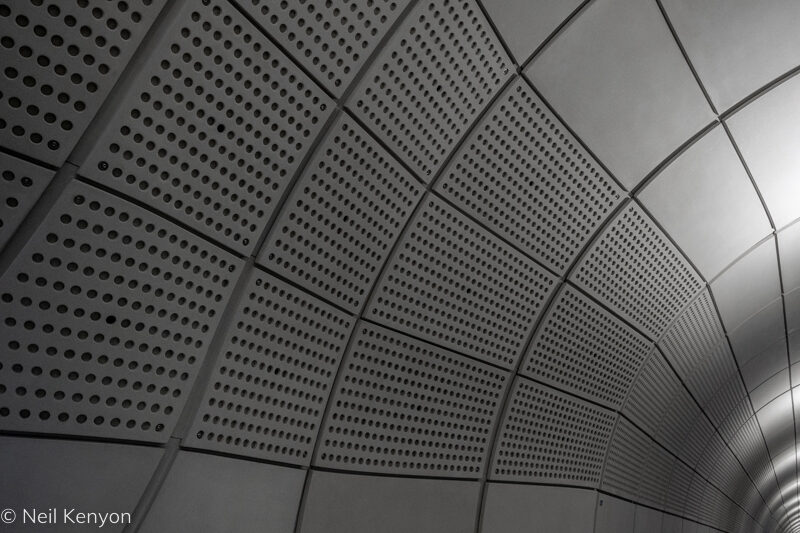
Architects Involved
The Elizabeth Line project has been a collaboration between a number of different architects, engineers, and designers. Some of the key architects involved in the project include:
- Arup Associates
- Bennetts Associates
- Grimshaw Architects
- Hopkins Architects
- Wilkinson Eyre Architects
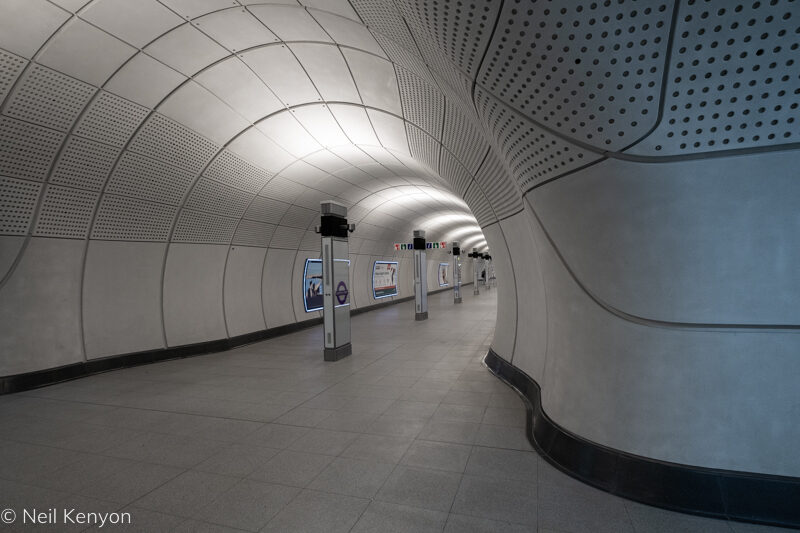

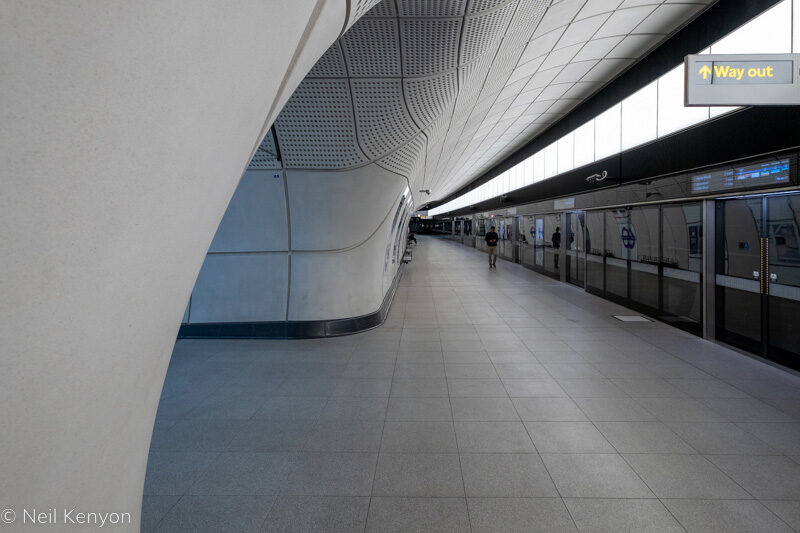
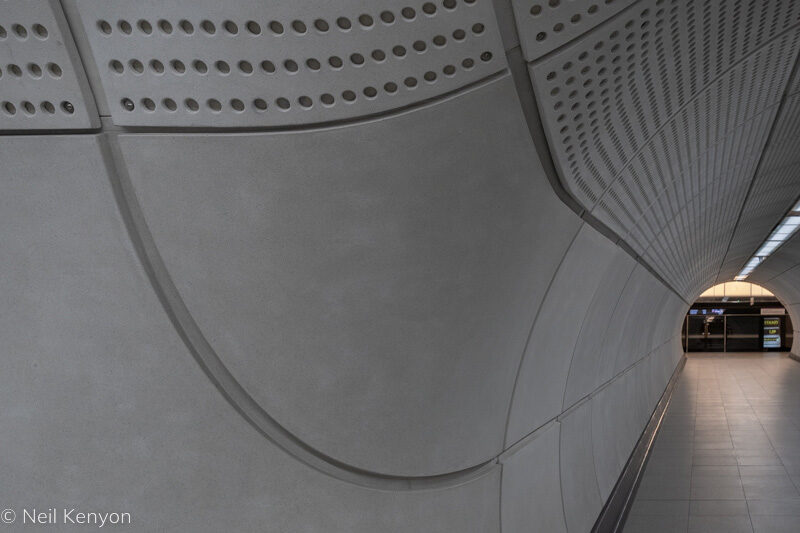
Making London Life Better
The Elizabeth Line is a major achievement that has transformed London’s transport network. The line is already making a positive impact on the lives of Londoners and is expected to continue to do so for many years to come.
In addition to the benefits mentioned above, the Elizabeth Line has also:
- Improved air quality by reducing the number of cars on the roads.
- Created new jobs and opportunities for businesses.
- Helped to regenerate some of London’s most deprived areas.
- Made London a more attractive place to live, work, and visit.
Overall, the Elizabeth Line is a major success story that has made London life better for everyone.

